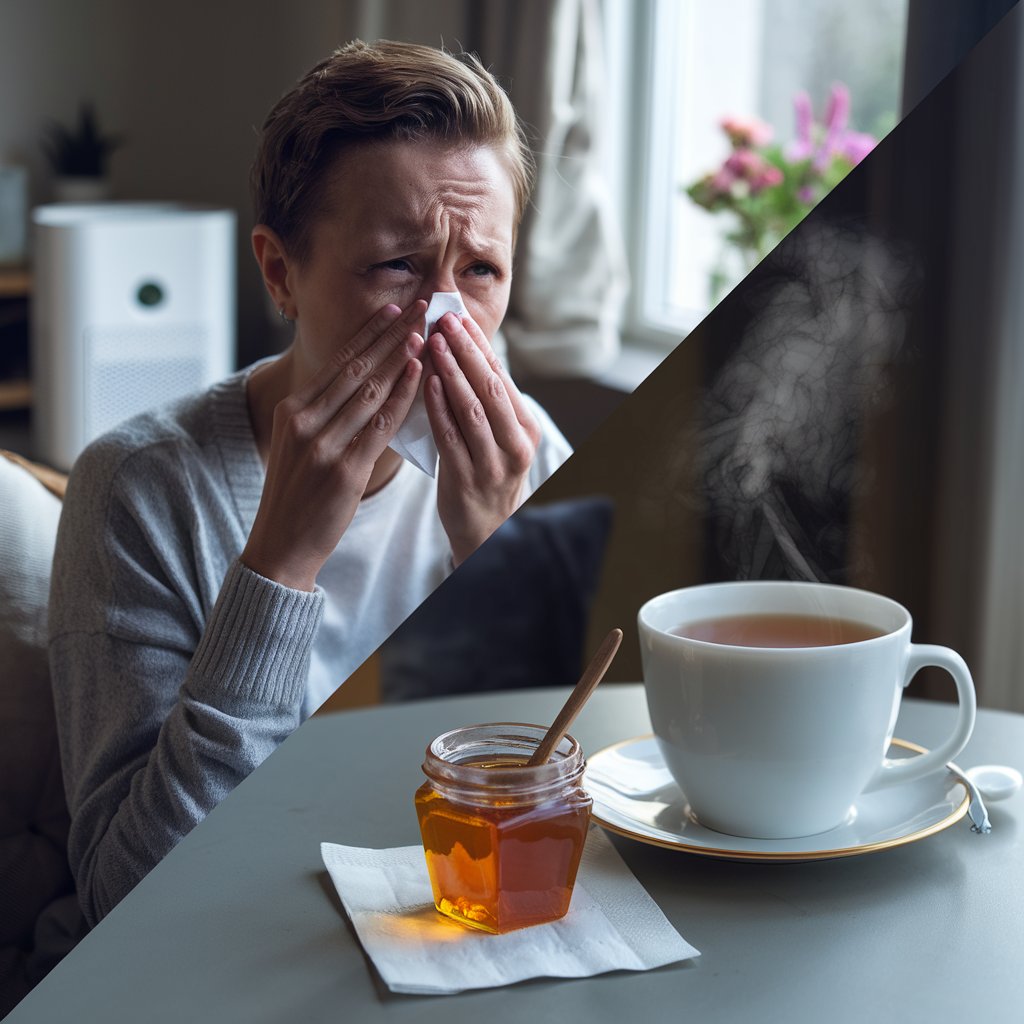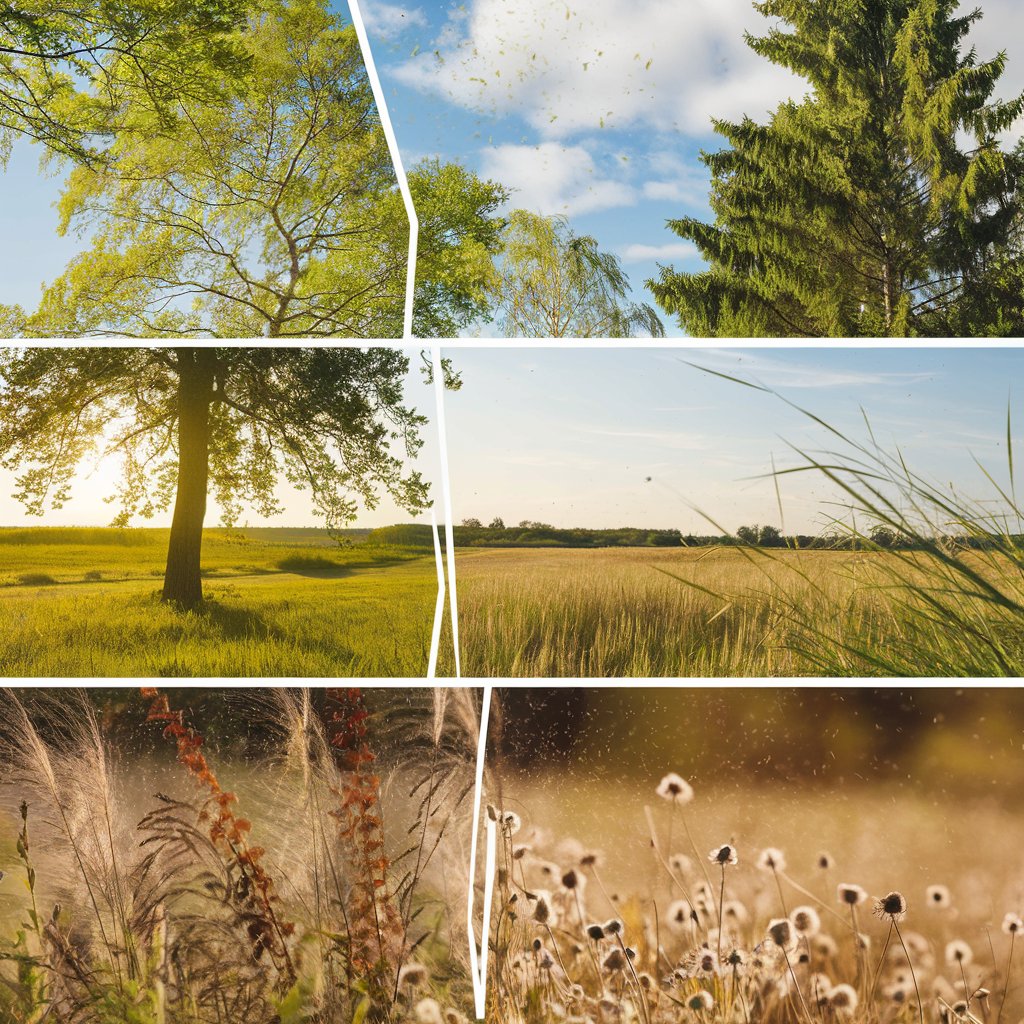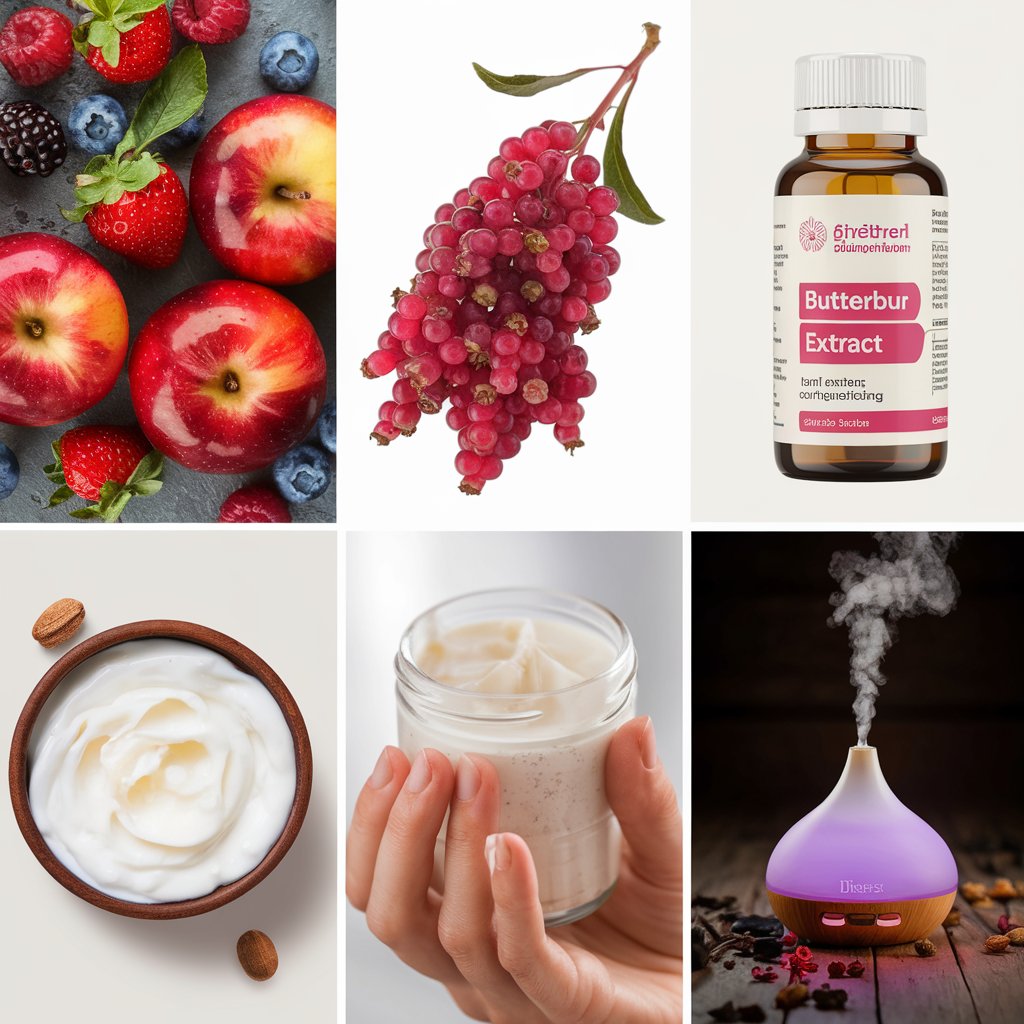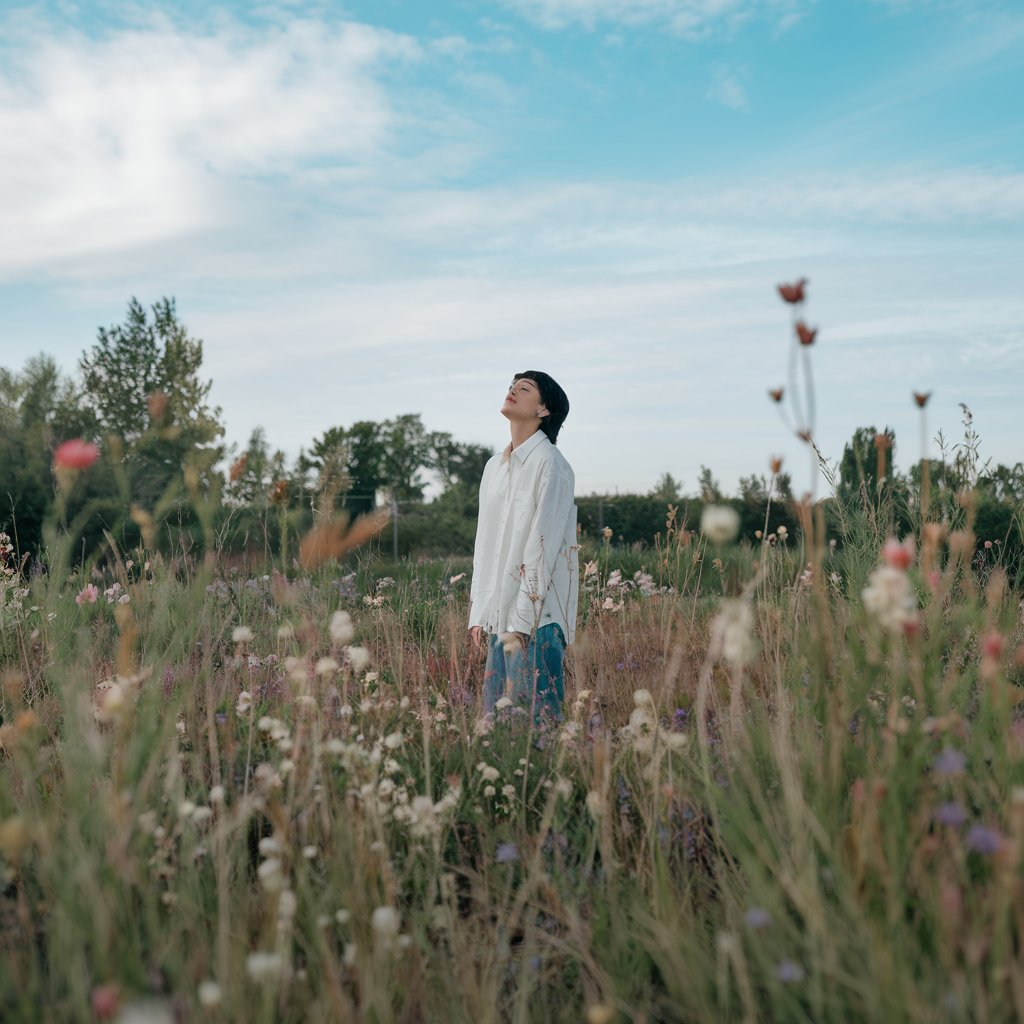Table of Contents
Introduction
As the seasons change, many of us eagerly anticipate blooming flowers and warmer weather. However, for those suffering from seasonal allergies, this time of year can also bring on sneezing, itchy eyes, and other uncomfortable symptoms. Fortunately, there are natural ways to alleviate these symptoms and strengthen your body’s defenses against allergens. In this article, we’ll explore what seasonal allergies are, their causes and symptoms, and most importantly, share a powerful recipe using local raw honey and stinging nettle tea to help you combat these pesky allergies. We’ll also suggest other natural remedies to keep you feeling your best all year round.

What Are Seasonal Allergies?
Seasonal allergies, also known as hay fever or allergic rhinitis, are allergic reactions that occur at certain times of the year, usually in response to pollen from trees, grasses, and weeds. These allergies are triggered when your immune system mistakenly identifies harmless airborne particles as a threat, causing symptoms such as sneezing, runny nose, itchy eyes, and throat. Unlike food allergies, which can occur year-round, seasonal allergies typically flare up during spring, summer, or fall when specific plants release pollen into the air.

Causes of Seasonal Allergies
The primary cause of seasonal allergies is the overreaction of the immune system to pollen and mold spores in the air. The specific triggers can vary depending on the season:
- Spring: Tree pollen, such as oak, birch, and cedar, is the most common allergen.
- Summer: Grass pollen, including that from ryegrass and timothy grass, peaks during these months.
- Fall: Weeds, especially ragweed, are the main culprits during autumn.
When these allergens enter your body, your immune system releases histamines and other chemicals, leading to the symptoms commonly associated with allergies. Factors such as genetics, environmental pollution, and previous exposure to allergens can also increase your likelihood of developing seasonal allergies.

Symptoms of Seasonal Allergies
The symptoms of seasonal allergies can range from mild to severe and may include:
- Sneezing
- Runny or stuffy nose
- Itchy or watery eyes
- Scratchy throat
- Coughing
- Headaches
- Fatigue
These symptoms can be disruptive, making it difficult to enjoy outdoor activities or even get a good night’s sleep. Fortunately, natural remedies can help manage these symptoms effectively.

Recipe for Recovery: Local Raw Honey and Stinging Nettle Tea
One of the most effective natural remedies for seasonal allergies is a combination of local raw honey and stinging nettle tea. This duo works to reduce allergy symptoms and build your body’s resistance to allergens.
Why Local Raw Honey?
Local raw honey is believed to help with allergies because it contains small amounts of pollen specific to your area. By consuming this honey regularly, you may gradually desensitize your immune system to these pollens, much like how allergy shots work. Additionally, honey has anti-inflammatory and antioxidant properties that can soothe your throat and reduce irritation caused by allergies.
Why Stinging Nettle?
Stinging nettle is a herb that has been used for centuries to treat various ailments, including allergies. It contains natural antihistamines that can block the production of histamines in the body, reducing allergy symptoms like sneezing and itching. Nettle also has anti-inflammatory properties, making it an excellent remedy for calming your body’s allergic response.

How to Prepare Local Raw Honey and Stinging Nettle Tea
Ingredients:
- 1 teaspoon of local raw honey
- 1 tablespoon of dried stinging nettle leaves (or 1 stinging nettle tea bag)
- 1 cup of boiling water
- Optional: A slice of lemon for added flavor
Instructions:
- Boil the Water: Start by boiling a cup of water.
- Steep the Nettle: Place the dried stinging nettle leaves or tea bag in a mug and pour the boiling water over it. Let it steep for about 10-15 minutes, allowing the water to absorb the beneficial compounds from the nettle.
- Strain the Tea: If you used dried nettle leaves, strain the tea to remove the leaves.
- Add Honey: Once the tea has cooled slightly (so the heat doesn’t destroy the beneficial properties of the honey), stir in the teaspoon of local raw honey until it’s fully dissolved.
- Optional: Add a slice of lemon to enhance the flavor and add an extra dose of vitamin C.
Dosage: Drink this tea once or twice a day during allergy season to help reduce symptoms and build your resistance to local allergens.

Other Natural Remedies for Seasonal Allergies
In addition to the honey and nettle tea remedy, there are several other natural ways to manage seasonal allergies:
1. Quercetin-Rich Foods
Quercetin is a natural flavonoid found in many fruits and vegetables, such as apples, onions, and berries. It acts as a natural antihistamine and can help reduce allergic reactions. Including more quercetin-rich foods in your diet during allergy season can support your body’s ability to fight off symptoms.
2. Butterbur Extract
Butterbur is a plant that has been traditionally used to treat headaches and allergies. Studies have shown that butterbur extract can be as effective as some antihistamine medications in reducing allergy symptoms without causing drowsiness. Look for butterbur supplements that are PA-free (pyrrolizidine alkaloid-free) to ensure safety.
3. Probiotics
A healthy gut plays a crucial role in regulating the immune system. Probiotics, found in fermented foods like yogurt, kefir, and sauerkraut, can help strengthen your gut health and reduce the severity of allergic reactions.
4. Essential Oils
Essential oils such as peppermint, eucalyptus, and lavender can help open up nasal passages and reduce sinus congestion caused by allergies. Diffuse these oils in your home or inhale them directly from the bottle for quick relief.
5. Saline Nasal Rinse
Using a saline nasal rinse can help clear out pollen and other allergens from your nasal passages, reducing the severity of your symptoms. You can use a neti pot or saline spray for this purpose.

Conclusion
Seasonal allergies can be a challenging experience, but with the right natural remedies, you can significantly reduce your symptoms and enjoy the beauty of the changing seasons. Incorporating local raw honey and stinging nettle tea into your daily routine is a simple yet powerful way to build resistance to allergens and soothe your body’s allergic response. Additionally, exploring other natural options like quercetin-rich foods, butterbur extract, probiotics, essential oils, and saline nasal rinses can further support your journey toward a symptom-free life. Embrace these remedies and take control of your seasonal allergies the natural way.


